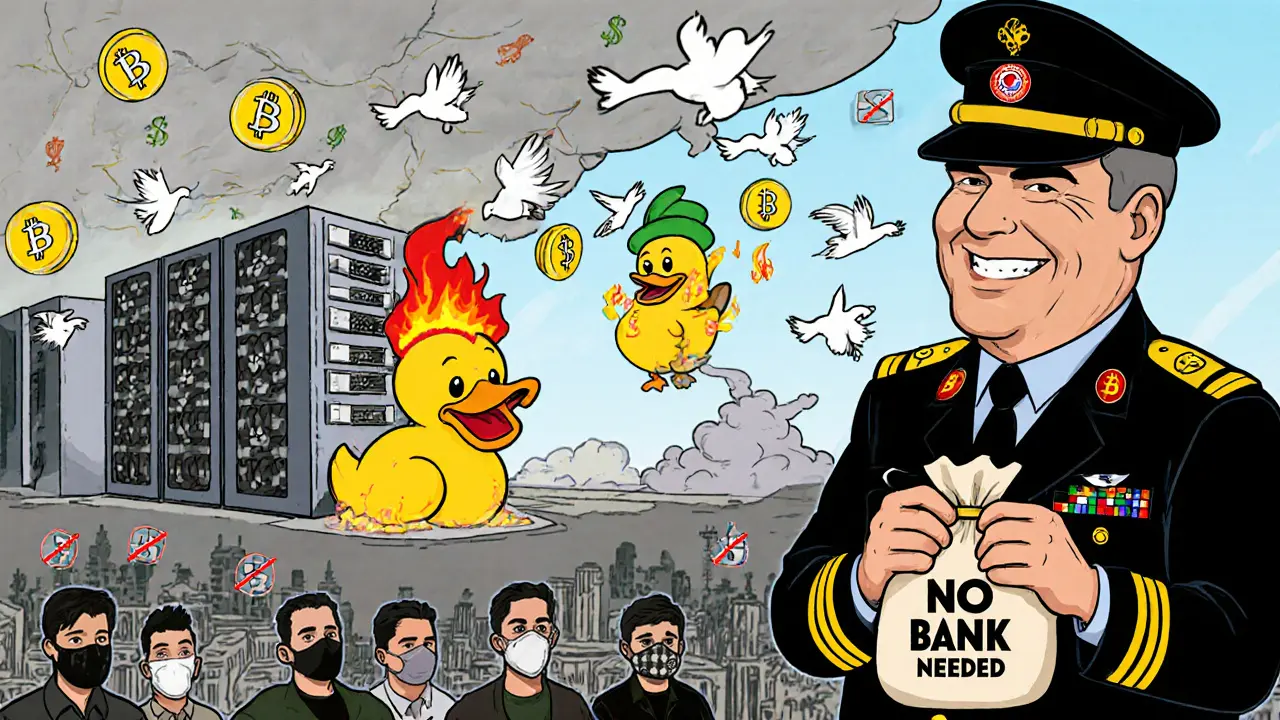Iran Bitcoin Mining: What’s Really Happening and How It Affects the Global Network
When you think of Iran Bitcoin mining, the use of specialized hardware in Iran to validate Bitcoin transactions and earn new coins, often fueled by state-subsidized electricity. Also known as crypto mining in Iran, it’s one of the few places where mining isn’t just a side hustle—it’s a national-scale operation. Unlike the U.S. or Canada, where miners chase renewable energy and regulatory clarity, Iran’s miners are chasing power bills that cost less than a cup of tea. The government doesn’t officially endorse it, but it also doesn’t stop it. Why? Because electricity is so cheap it’s practically free—thanks to massive oil and gas reserves. This isn’t a fringe activity. It’s a quiet economic lifeline for millions of households and small businesses.
Behind this isn’t just a story of opportunity—it’s a story of survival. When sanctions cut off Iran’s access to global banking, crypto mining became a way to earn hard currency without banks. Miners use everything from modified gaming rigs to warehouse-sized farms running 24/7. The energy consumption, the total electricity used by mining hardware in Iran, which rivals that of entire European countries is staggering. Some estimates say Iran’s mining activity uses more power than the entire country of Greece. And while the world worries about Bitcoin’s carbon footprint, Iran’s grid is already overloaded. Blackouts hit cities while miners keep running on backup generators or hidden lines. The crypto regulation, the lack of formal rules around mining in Iran, allowing it to grow without oversight or taxation is almost nonexistent. There are no licenses, no reporting, no audits. The state turns a blind eye—as long as miners don’t openly challenge the system.
But it’s not all profit and power. The U.S. and EU have started calling out Iran’s mining as a sanction-busting tool. Some miners get caught. Some rigs get seized. Others just vanish overnight when the government decides to crack down—usually after a major blackout. And while Iran’s miners are good at hiding, they’re not immune to the global market. When Bitcoin’s price drops, so does the incentive to keep running. Many small miners shut down, selling their gear on local markets for cash. Meanwhile, the big players—often linked to state-backed entities—keep going, using their access to fuel and infrastructure to outlast everyone else.
What you’ll find in the posts below isn’t a list of mining rigs or how-to guides. It’s the real-world ripple effect: how Iran’s mining shapes global hash rates, how it influences crypto price swings, and why regulators can’t ignore it anymore. You’ll see how this underground network connects to exchanges, mining hardware sales, and even the rise of decentralized finance in sanctioned economies. No hype. No fluff. Just what’s actually happening on the ground—and why it matters to every Bitcoin holder, everywhere.

